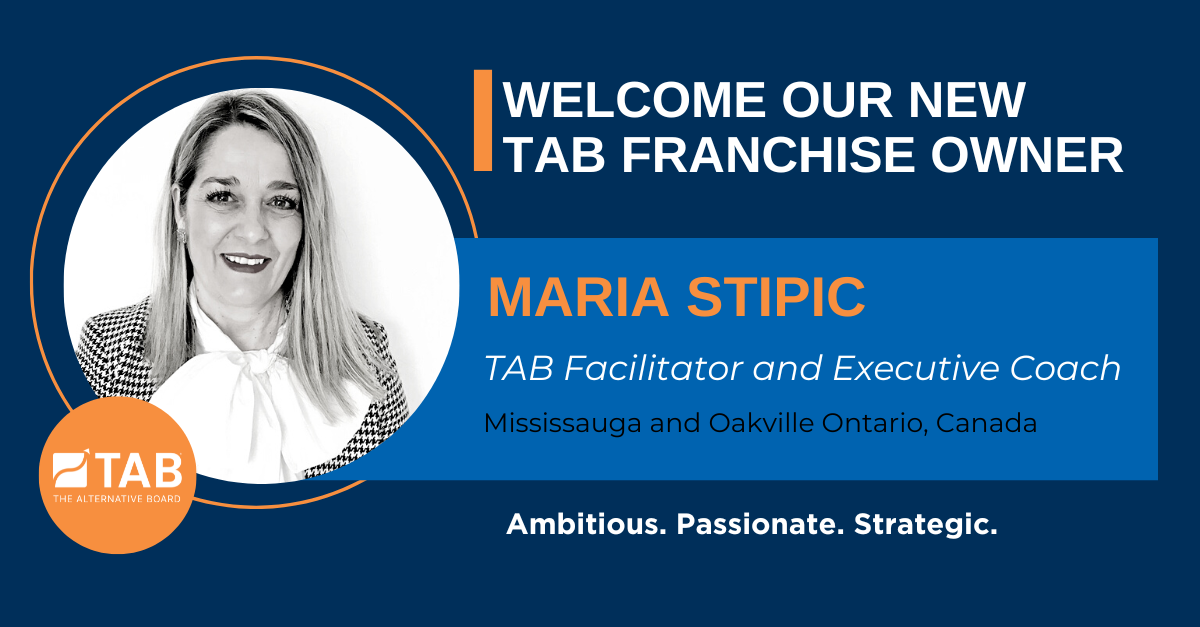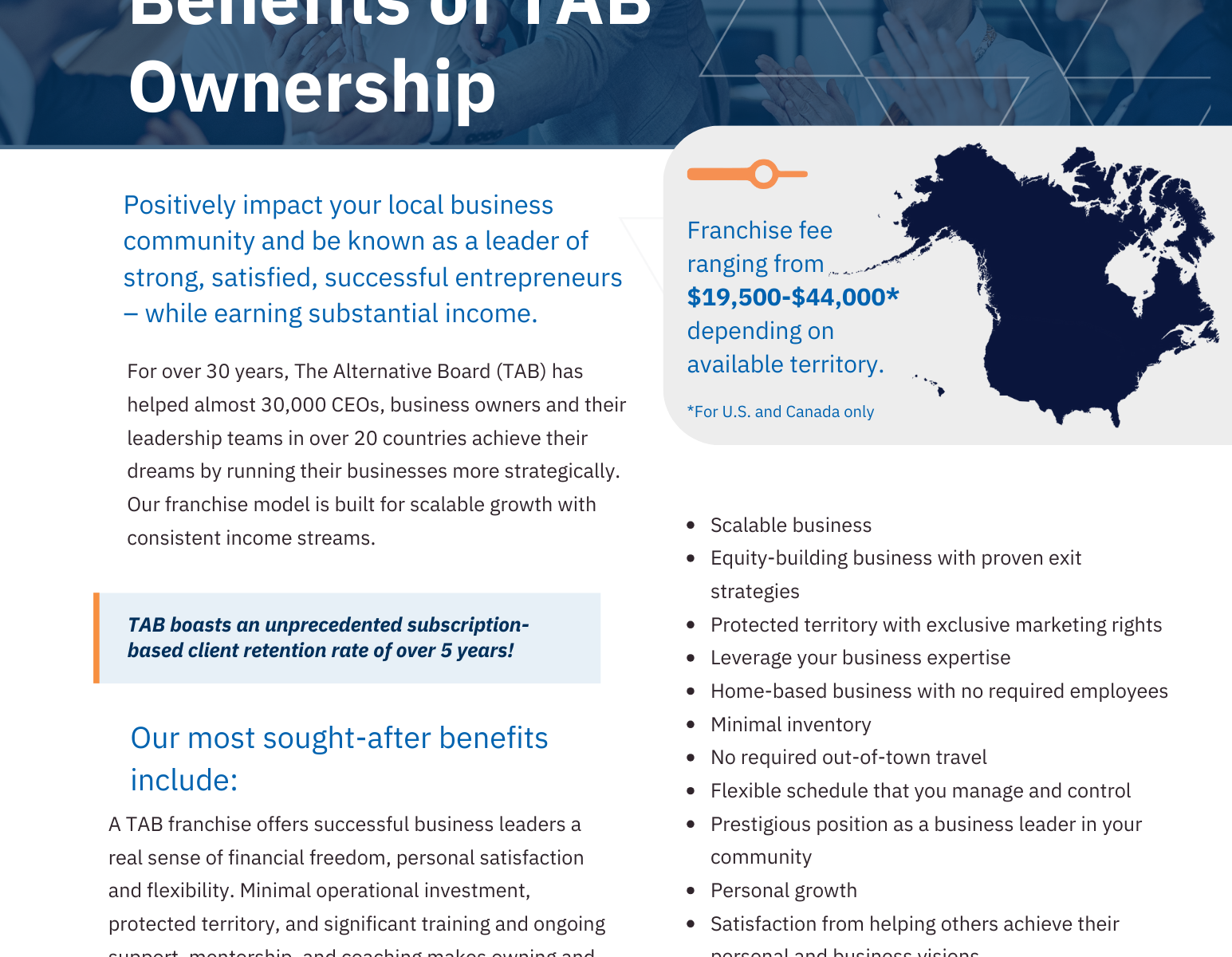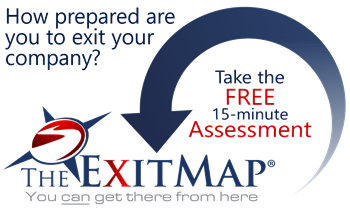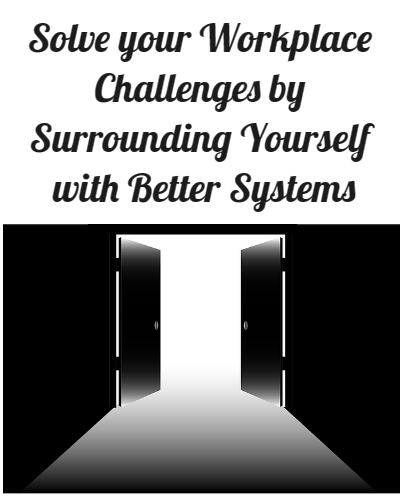A Brief History of How Halloween Came to America
In the mid-1800s, Irish immigrants came to the United States, bringing their Halloween traditions with them. This included dressing up in costumes, asking their neighbors for food and money, and pulling pranks in the evening on Halloween. The celebration of Halloween was extremely limited in colonial New England because of the rigid Protestant belief systems there. Halloween was much more common in Maryland and the southern colonies.
As the beliefs and customs of different European ethnic groups and the American Indians meshed, a distinctly American version of Halloween began to emerge. In the late 1800s, there was a move in America to mold Halloween into a holiday more about community and neighborly get-togethers than about ghosts, pranks, and witchcraft. At the turn of the century, Halloween parties for both children and adults became the most common way to celebrate the day. Parties focused on games, foods of the season, and festive costumes.
Parents were encouraged by newspapers and community leaders to take anything “frightening” or “grotesque” out of Halloween celebrations. Because of these efforts, Halloween lost most of its superstitious and religious overtones by the beginning of the twentieth century.
By the 1920s and 1930s, Halloween had become a secular but community-centered holiday, with parades and town-wide Halloween parties as the featured entertainment. Despite the best efforts of many schools and communities, vandalism began to plague some celebrations in many communities during this time.
By the 1950s, town leaders had successfully limited vandalism and Halloween had evolved into a holiday directed mainly at the young. Due to the high numbers of young children during the fifties baby boom, parties moved from town civic centers into the classroom or home, where they could be more easily accommodated.
Between 1920 and 1950, the centuries-old practice of trick-or-treating was also revived. Trick-or-treating was a relatively inexpensive way for an entire community to share the Halloween celebration. In theory, families could also prevent tricks from being played on them by providing the neighborhood children with small treats.
Thus, a new American tradition was born, and it has continued to grow. Today, Americans spend an estimated $6 billion annually on Halloween, making it the country’s second-largest commercial holiday after Christmas.
Did you know? More people are buying costumes for their pets. Americans spent nearly $500 million on costumes for their pets in 2021—more than double what they spent in 2010. Also, In 2019, a popular movement to move the date of Halloween led to the creation of National Trick-or-Treat Day on the last Saturday of October. However, Halloween remains on October 31, and how communities celebrate the new National Trick-or-Treat Day, if at all, depends on local organizers.
Source: Excerpted from The History Channel and CountryLiving.com
Have you taken a look at our new book? Check it out today!
Click here to order on Amazon or to read more.
We would love to hear your comments.
Gary Brunson
gary@myclearfocus.com
Debra Rider
debra@myclearfocus.com
574.361.2674
Sustainable Growth & Profit Consultant, Coach, Mentor, and Counselor/Therapist for Business Owners and Professionals.










